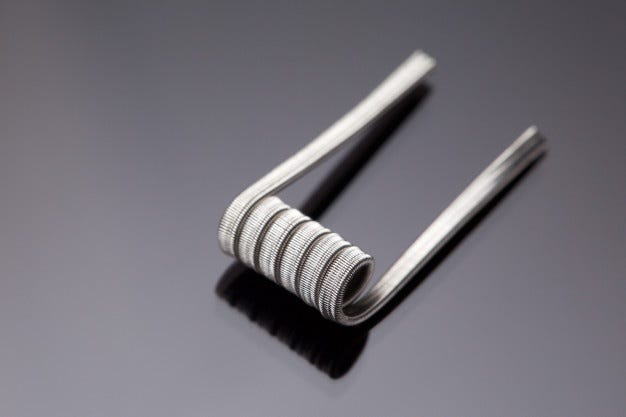Awni K. Kaloti resides in Miami, Florida and has owned Kaloti International Corporation, an international food distribution company for over three decades. Since 2019,
Awni Kaloti has also been managing Global American Consulting DBA/AgAu Solutions, an organization that analyzes, buys, and sells precious metals. When he's not working, he enjoys playing golf.
One of the major golf tournaments of the year, the 2020
PGA Championship was originally scheduled to be played from May 14th to 17th in San Francisco at TPC Harding Park. However, the game has been postponed due to concerns over the Covid-19 pandemic and is expected to be rescheduled to a date in summer. Recently, the Masters golf tournament was also postponed to help reduce the spread of the illness.
Seth Waugh, the CEO of PGA of America, commented that his organization is working with PGA Tour Organizers to select an appropriate game date for all and anticipates a positive outcome. The PGA of America is also in discussions with San Francisco’s mayor regarding organizing a date for the tournament to be held in the summertime.









